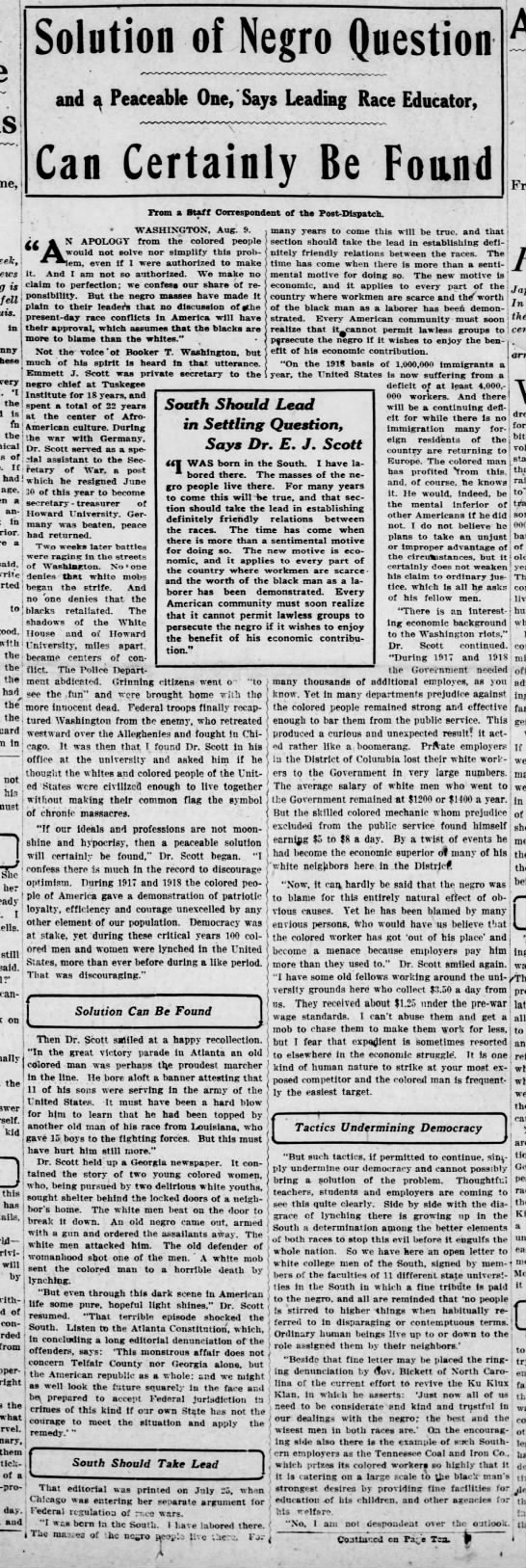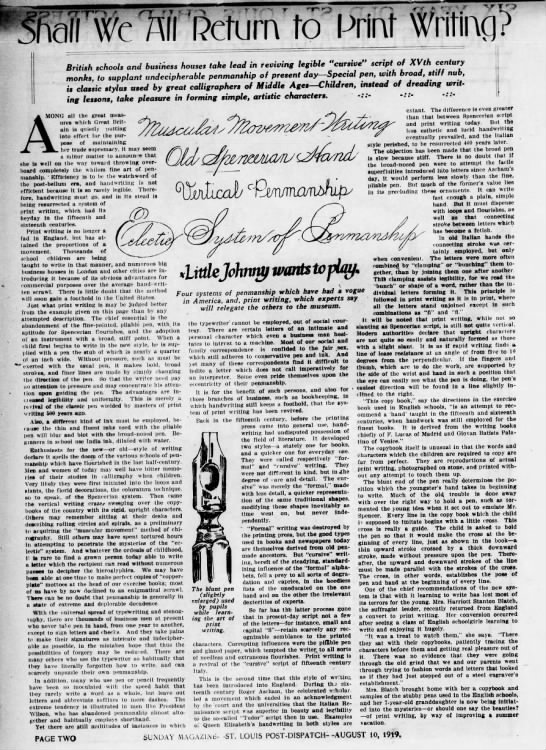Few people outside of Michigan know anything about our Upper Penninsula (UP). As a matter of fact, a recent Mt. Dew ad featuring a map of America drew Michigander's ire when the UP was colored to be part of Wisconsin!
The UP has its own peninsula jutting into the deep inland ocean of Lake Superior, the Kewanee Penninsula. And a short distance from the top of that arm is Calumet, Michigan. Today it is a village of about 800 people. But in the late 19th c when the UP was a center of copper mining there were 40,000 souls there.
The copper was mined for 120 years. It was break-backing, dangerous work. Waves of immigrants found their way to Michigan's lumber and mining industries. The UP was particularly attractive to immigrants from Finland but drew from across Europe. These unskilled laborers were put to use with a sledgehammer and shovel, and cheaper than mules, used to push the loaded cars.
Mary Doria Russell's new novel The Women of the Cooper Country recreates Calumet in 1913 in rich detail, drawing on actual people and events.
| Women and children of Calumet, MI |
| Miner with a single-man drill, cost savings that came with increased danger to the miners. |
What is the price of copper? It was men's limbs and lives. It was men too tired to live, self-medicating with drink. It was widows and orphaned children. If the men would not organize, the women would lead the way.
Journalists made Annie the Joan of Arc of America.
 |
| Annie |
Annie is helped by Eva, who over the nine months of the strike grows from a dreamy girl to a woman. Nationally known union organizers come to help, including 'the miner's angel' Mother Jones and the Socialist labor organizer Ella Bloor.
The mine is under the management of John McNaughton, and Russell's portrait of him as a cold-hearted capitalist fixated on the bottom line is chilling. McNaughton is a xenophobe whose anti-immigrant slant hardens his heart even more. In his view, Europe is gleefully exporting its 'wretched refuse' to America, and Washington has done nothing to stop the continual labor strikes across the nation. It won't happen here, he vows.
The novel had a slow start for me but picked up later. At times, I felt some distance from the events. A critical scene is off-screen when the emotional impact would have been greater through Annie's eyes. The story builds to a horrendous tragedy, describing a real event, with great emotional impact.
The changing role of women and their broadening choices is shown through the characters. And there is romance, from infatuation and unhappy marriages to illicit affairs and true love.
It was interesting to learn more about this slice of Michigan history and the history of unionizing in Michigan.
I received a free ebook from the publisher through NetGalley in exchange for a fair and unbiased review.
The Women of the Copper Country
by Mary Doria Russell
Atria Books
Pub Date 06 Aug 2019
ISBN 9781982109585
PRICE $27.00 (USD)
 |
| The Quincy Mine |















































